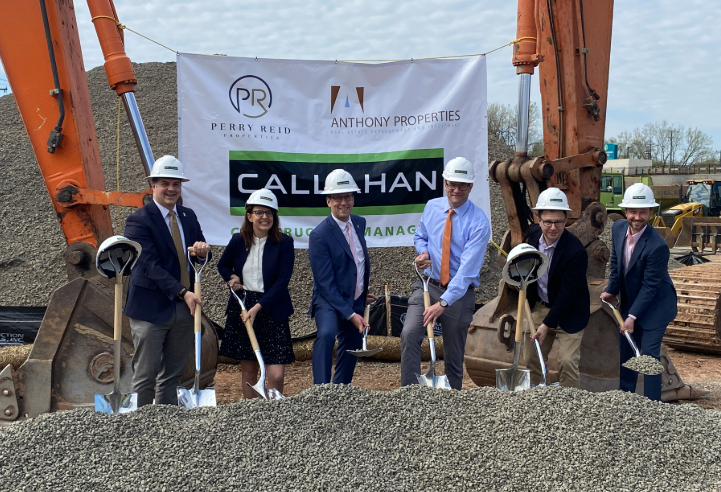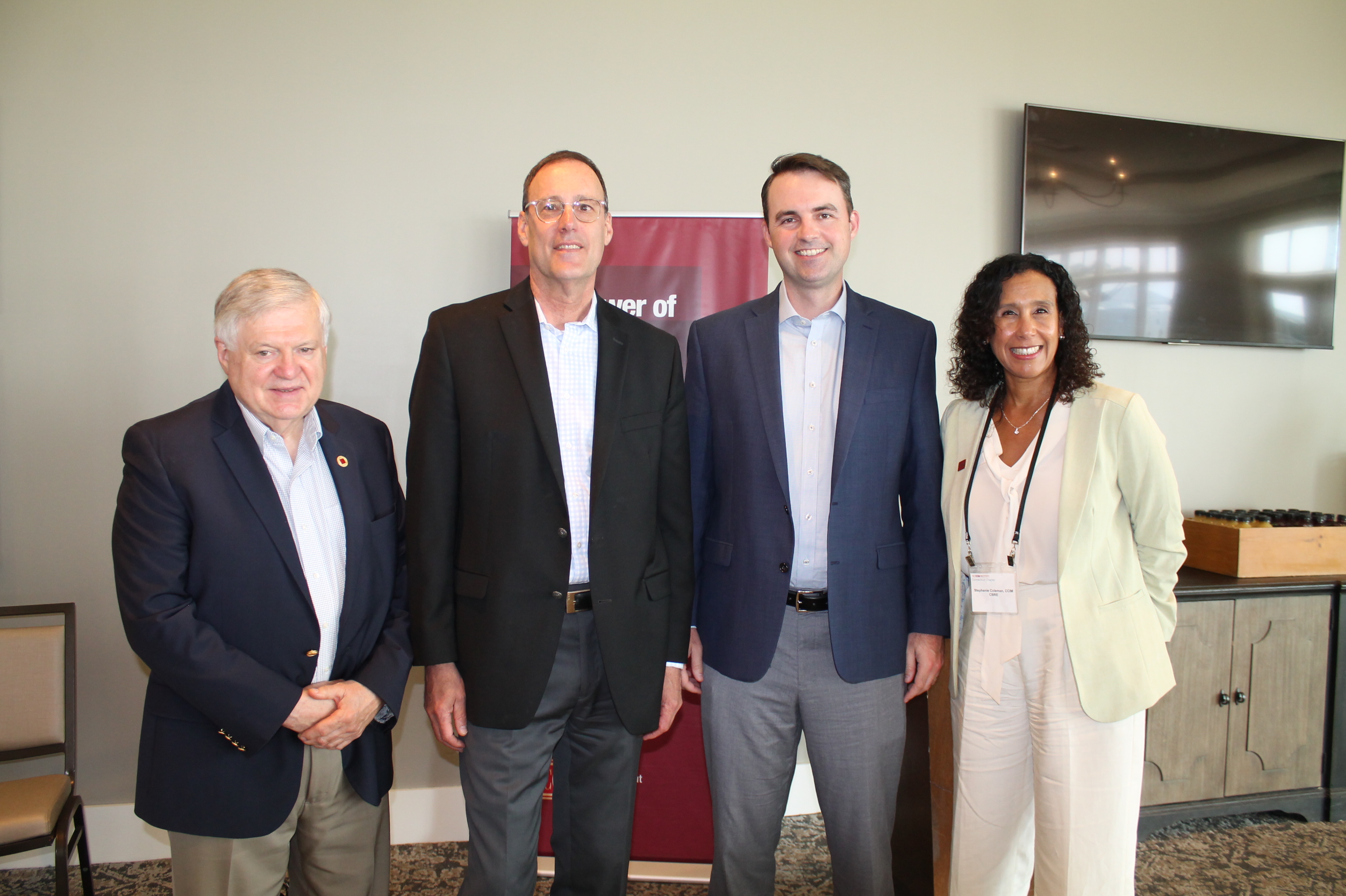News: Connecticut
Posted: July 19, 2013
Question of the Month: Is the CTDEEP transformation process on the right track?
The answer depends on whom you ask. While the 2013 legislative session was dominated by the budget and gun control and the release of crime scene evidence resulting from the tragedy in Newtown, several environmental bills made it through the process. One of these bills, HB 6651 - an act implementing the recommendations of the State of Connecticut Brownfield Working Group - represents the 2013 Legislative Package proposed by the Connecticut Department of Energy and Environmental Protection (DEEP) in their February 2013 Draft Proposal for Transformed Cleanup Program. The sections of HB 6651 related to the transformation process originated in Proposed Bill 1082, a bill that shocked most stakeholders subject to environmental cleanup regulations with what were generally viewed as arbitrary and significant changes to the levels of contaminants present at a property that would require reporting as a Significant Environmental Hazard (SEH) as currently defined and promulgated under CGS 22a-6u. Most significantly, Proposed Bill 1082 proposed a three-fold reduction in the concentrations of regulated chemicals in soil that would require reporting to DEEP (from 30 times the Direct Exposure Criteria (DEC) to 10 times the DEC), along with a five-fold increase in the depth of such impacted soil (from 2 feet below ground to 10 feet below ground). Reaction to the bill from the Connecticut Business and Industry Association, the environmental section of the Connecticut Bar Association, and even members of the Brownfield Working Group was fierce. While commissioner Esty promoted the bill as a brownfields solution, opponents dubbed it a brownfields creation bill, citing strong reaction from developers and landowners that additional reporting requirements and regulatory uncertainty would only delay land acquisition and development projects in Connecticut.
The final version of HB 6651, now Public Act 13-308, includes modifications and consolidation of the various grant and loan programs for investigating and remediating brownfield sites, continues a multi-year legislative effort to provide increased liability relief for municipalities that undertake investigation and remediation of delinquent brownfield sites, modifies the SEH criteria, and expands the use of Environmental Land Use Restrictions to include Activity and Use Limitations (AULs).
The revised SEH criteria is now more relaxed for industrial/commercial properties in industrial/commercial areas, but is now twice as stringent (15 times the DEC) for shallow soil (less than two feet below ground) containing regulated compounds at properties that meet the DEEP definition of residential (includes residences, public parks, daycare facilities, and schools) and for industrial/commercial properties that contain certain regulated compounds at concentrations 15 times the DEC and within 300 feet of such residential properties.
Section 28 of HB 6651 requires DEEP to hire an independent, outside consultant to evaluate risk-based decision-making related to the remediation of contaminated sites. The consultant is to assess existing processes of risk-based decision-making including risk assessment and risk management tools utilized to protect human health and the environment. Upon completion of the evaluation, DEEP is required to make recommendations by October 1, 2014 for statutory and regulatory changes that incorporate risk-based decision making as deemed appropriate given the finding in the report. Thus begins DEEP's transition to a risk-based approach for reporting and cleaning up historic contamination.
As part of the 2013 legislative session, the Remediation Standard Regulations (RSR) revisions proposed in August 2012 made their way through the approval process and were issued in their final form on June 25. Based on public comments received during the fall of 2012, the final version of the revisions are substantially different from the original version. Most importantly, the proposal to establish ground water protection criteria in GB areas, surface water protection criteria and volatilization criteria for Total Petroleum Hydrocarbons was dropped, while many positive changes including the increased use of statistics to achieve compliance with the numeric criteria, reduced ground water monitoring requirements, and more flexibility regarding urban fill are now approved for use on sites requiring compliance with the RSRs.
It may take time to understand the full impact of both HB 6651 and the 2012 RSR revisions. While the 2012 RSR revisions should be effective as soon as they are filed with the Secretary of State, there is a sliding schedule for changes under HB 6651. The new SEH criteria do not go into effect until July 1, 2015. Many of the RSR revisions are likely to move sites to closure sooner, but concern remains that the revised SEH criteria, future release reporting requirements, and the piecemeal manner in which changes are occurring is a long way from the unified statute sought by many and that this ongoing uncertainty will continue to keep developers away from brownfields in Connecticut.
Samuel Haydock, PG, LEP, is director, northeast environmental operations for BL Companies, Meriden, Conn.
Tags:
Connecticut
MORE FROM Connecticut
Highcap Group brokers $41.1 million sale of two building multifamily portfolio
Norwalk, CT Highcap Group has completed the sale of two luxury multifamily properties with a total of 120 units for a combined purchase price of $41.4 million.

Quick Hits







